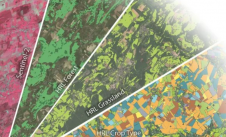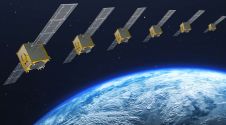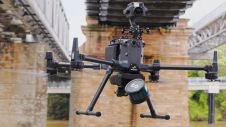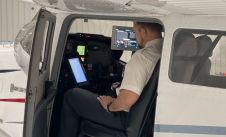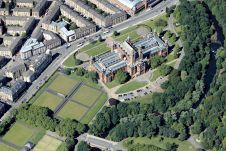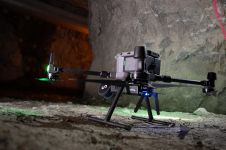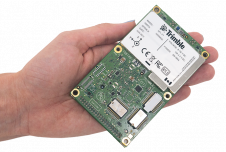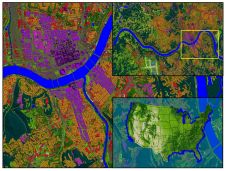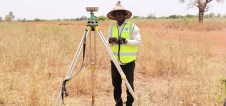月球如何抓住改善地球卫星观点的关键
This article was originally published inGeomatics World。
Many Earth observation satellites make use of an added ingredient to ensure reliable, good-quality environmental data: the Moon. While the surface of the Earth is ever changing, the face of the Moon has stayed the same for millions of years, apart from occasional meteoroid impacts. This makes the light reflecting from the lunar surface an ideal calibration source for optical Earth-observing instruments. Now an ESA-led project has plans to make it more useful still.
An instrument has been placed high on the slopes ofMount Teide在特内里费岛,高于大多数云和空中尘埃,旨在测量月光下的夜间变化,将来磨练月球校准努力的准确性。
校准目标
全球空间机构使用月球评估和监控光学地球观测仪器的校准,解释Marc刨花,监督esa的项目。这些仪器在发射前仔细校准,但在太空中,由于例如辐射或镜头污染或机械变化,它们的性能可以逐渐漂移。
It is important to be sure that changes in the light received from Earth represent genuine changes on the ground versus changes in the instrument. Accordingly calibration targets are needed – representing an unchanging, stable light source – to pinpoint any performance drift in space instrument measurements, Bouvet adds.
并不总是同一个月亮
一些任务包括内部校准装置,而其他任务则使用相对不变的地面特征,例如无特殊的沙漠,海洋或盐平面,造型来自这些目标的辐射。但地球上的任何位置可能仍然随着时间而变化。
与地球上的任何地方相比,月亮的表面是不变的,Marc Bouvet进一步解释道。因此,广泛的地球观测任务使用它来监测其校准的稳定性,无论是来自低地或地球静止轨道。
主要问题,无论我们从that the Moon we see isn’t always the same Moon. It doesn’t have a neatly circular orbit around the Earth – neither does Earth around the Sun – and across every 28 days of the lunar cycle we don’t always see exactly the same face: sometimes we see more to the sides, or on top – known aslunar libration。
事实上,它需要18年for the Moon to return to the way it appeared before the present. ESA’s objective is to observe the full disc of the Moon across a two-year period, to be able to create a model of lunar radiation that is much more accurate. Today’s best modelling effort has a 10% uncertainty associated with it; ESA want to be able to get that down to around 2%.
Common calibration reference
安装在泰德架上的仪器是太阳能光度计,类似于全球网络测量粒子在大气中使用的仪器。然而,这是特别适合在夜间工作而不是当天的工作,而是测量月光。
There was a lot of excitement about this project – as well as comparable US and Chinese efforts – because success would lead to being able to link past, present and future optical Earth-observing missions to a common calibration reference, allowing easier cross-comparisons of data, enriching our overall picture of the terrestrial environment. Marc Bouvet hopes the improved model could be ready for use by the end of the decade.
通过ESA的基本活动支持的项目是由纳入英国国家实验室的财团以及西班牙Valladolid大学和比利时Vito,佛兰芒技术研究所的基础活动。去年,有一个关于月球校准会议,包括NASA,Noaa,法国空间局CNES,日本空间机构Jaxa和中国的参与者。
Source: ESA.


